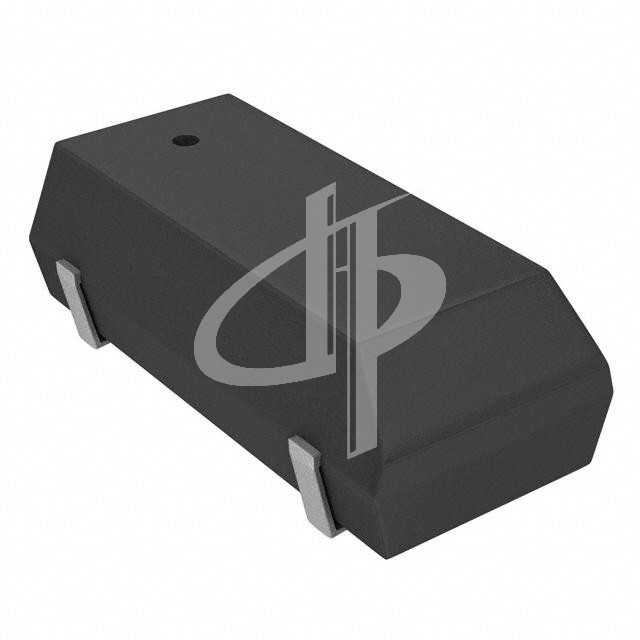ABS25-32.768KHZ-6-T is a low-profile quartz crystal unit from Abracon. Quartz crystals are widely used in multiple circuits and systems, particularly for setting precise clock frequencies due to quartz's piezoelectric properties. This component is meant to be a precise timekeeping crystal.
Overview:
The ABS25-32.768KHZ-6-T operates at a frequency of 32.768 kHz. This frequency is commonly used in timekeeping and real-time-clock applications because it's a power of 2 (2^15), which makes it especially handy for binary counter circuits typically used to count seconds (and minutes, hours, etc.) in digital clocks.
Features:
- Operating Frequency: This crystal operates at 32.768 kHz.
- Size: The ABS25 series is housed in a compact 2.0 x 1.2 mm footprint and 0.6mm height, providing designers a low-profile small package that fits into space-constrained applications.
- Load Capacitance: The "6" in the product number refers to the load capacitance of 6 pF, which is the required load capacitance needed to get the crystal to resonate at its 32.768 KHz frequency.
- Stability: It offers good frequency stability for various applications.
- Temperature Range: It operates over a wide temperature range, which is typically -40 to +85 degrees Celsius for this type of crystal.
- Tape and Reel Packaging: The "T" at the end of the part number means that the components are packaged in a tape and reel format, which is suitable for automated assembly processes.
Applications:
- Real-Time Clocks (RTC): It's used in RTC modules, which provide accurate timekeeping functionality for computers, embedded systems, and personal electronic devices, including smartphones, tablets, and wearables.
- Low-Speed Oscillators: Given its low frequency, it's ideal for generating clock signals in low-speed or low-power microcontroller and microprocessor applications.
- Wearables & IoT Devices: The small size makes it perfect for wearable technology and portable, battery-powered IoT devices, where space is limited.
Remember that the actual performance of the crystal is also influenced by the specifics of the oscillator circuit in which it is used and the PCB layout around the oscillator circuit. Always make sure to review the manufacturer's datasheet and guidelines before implementing any component into a design.

.jpg)



